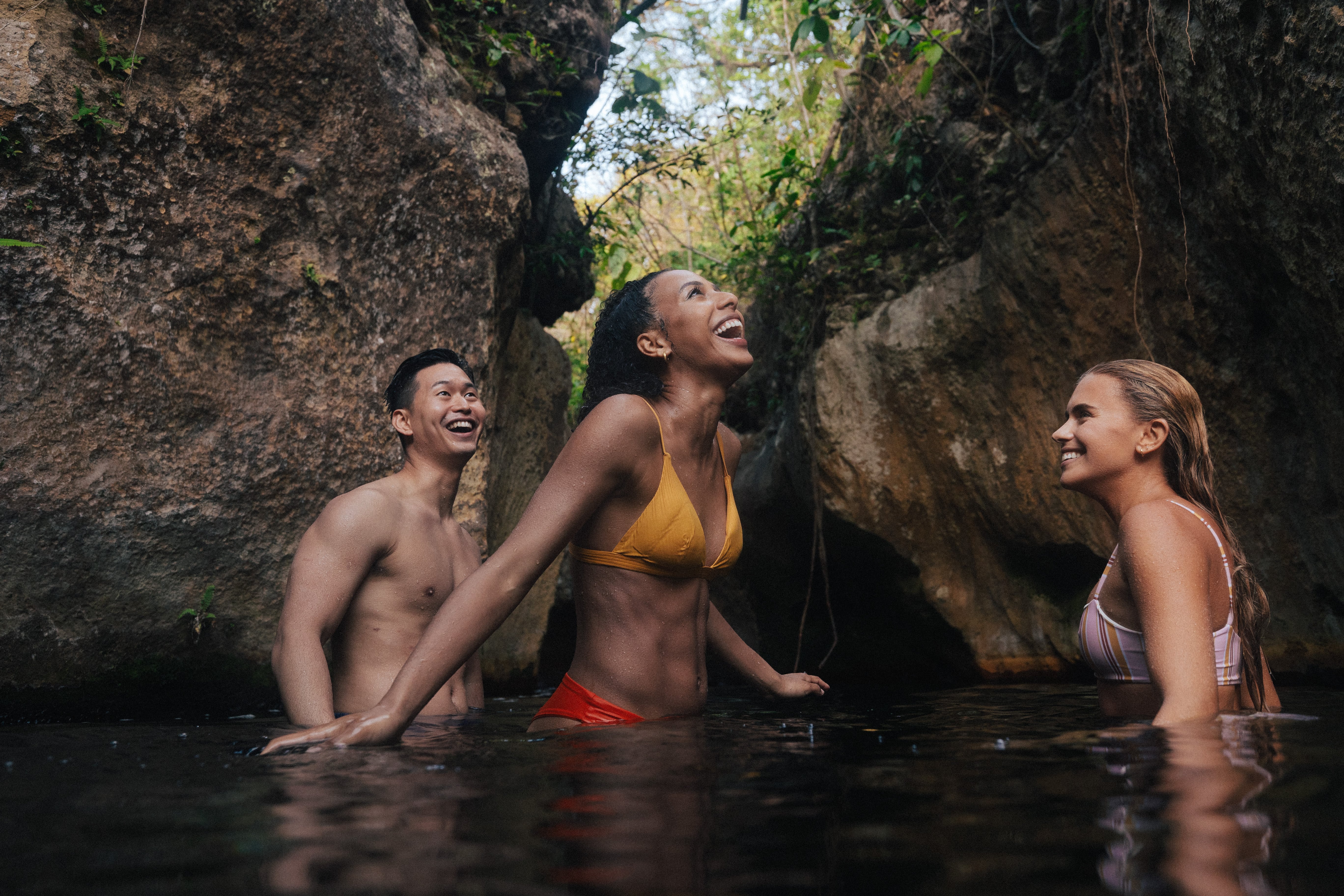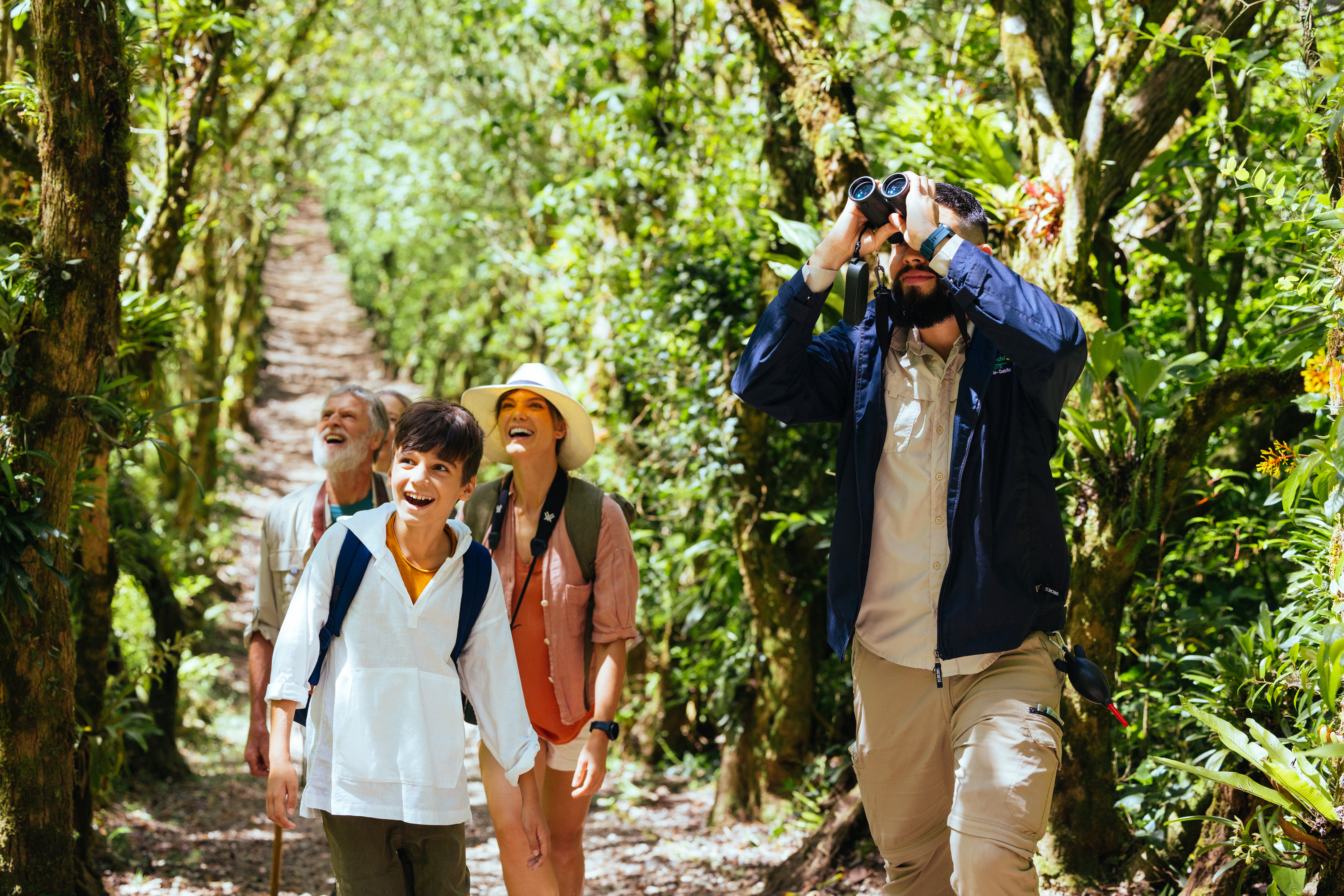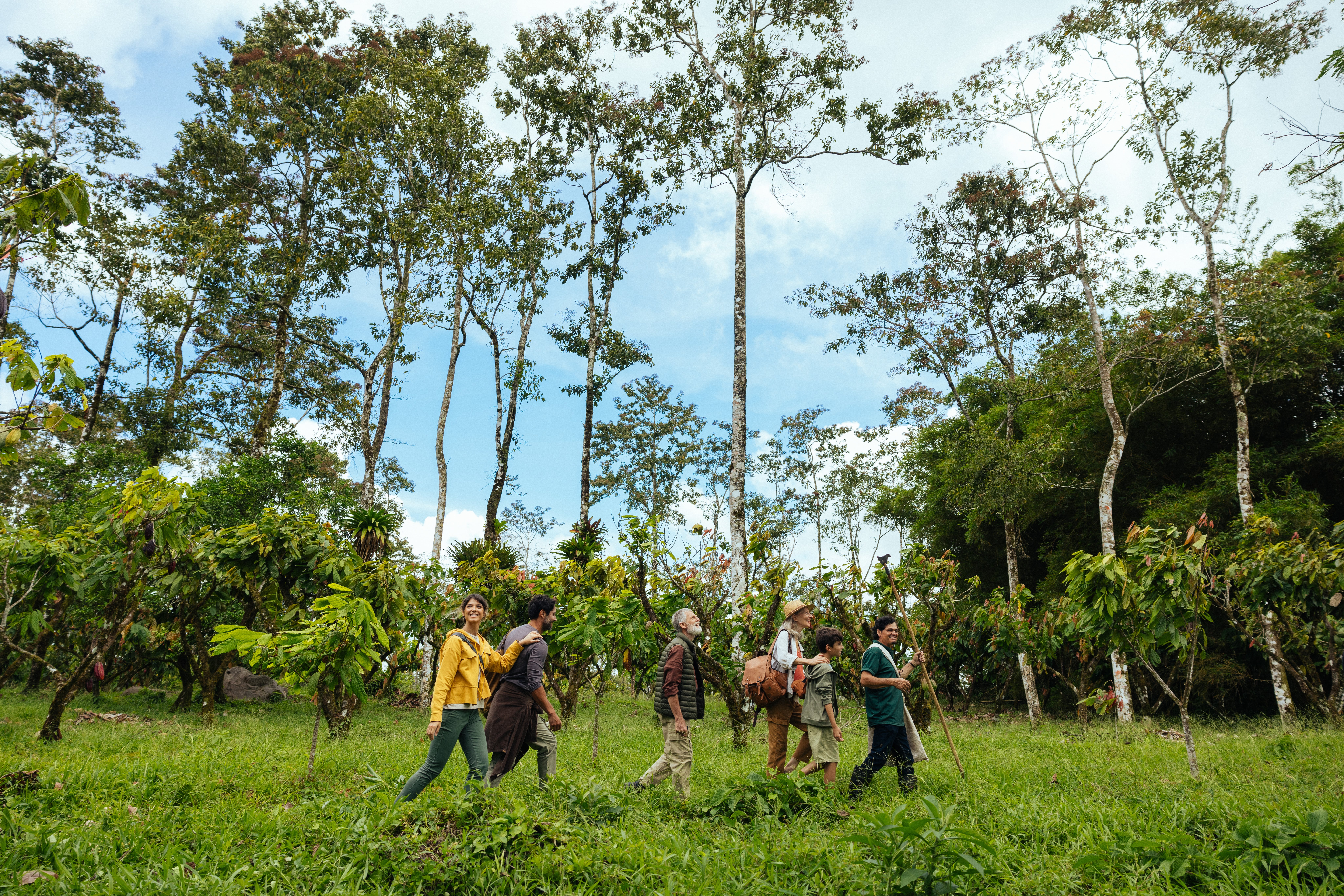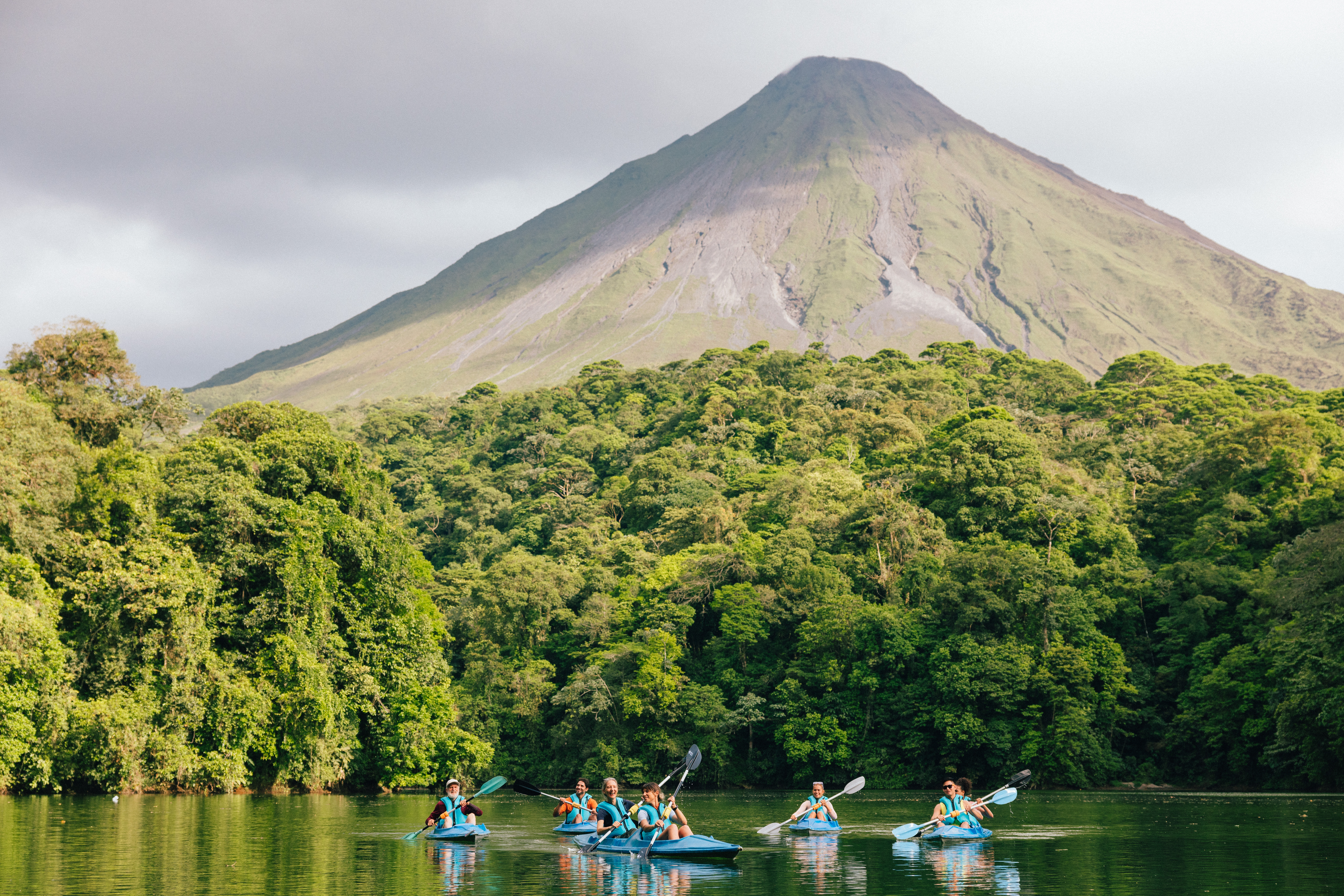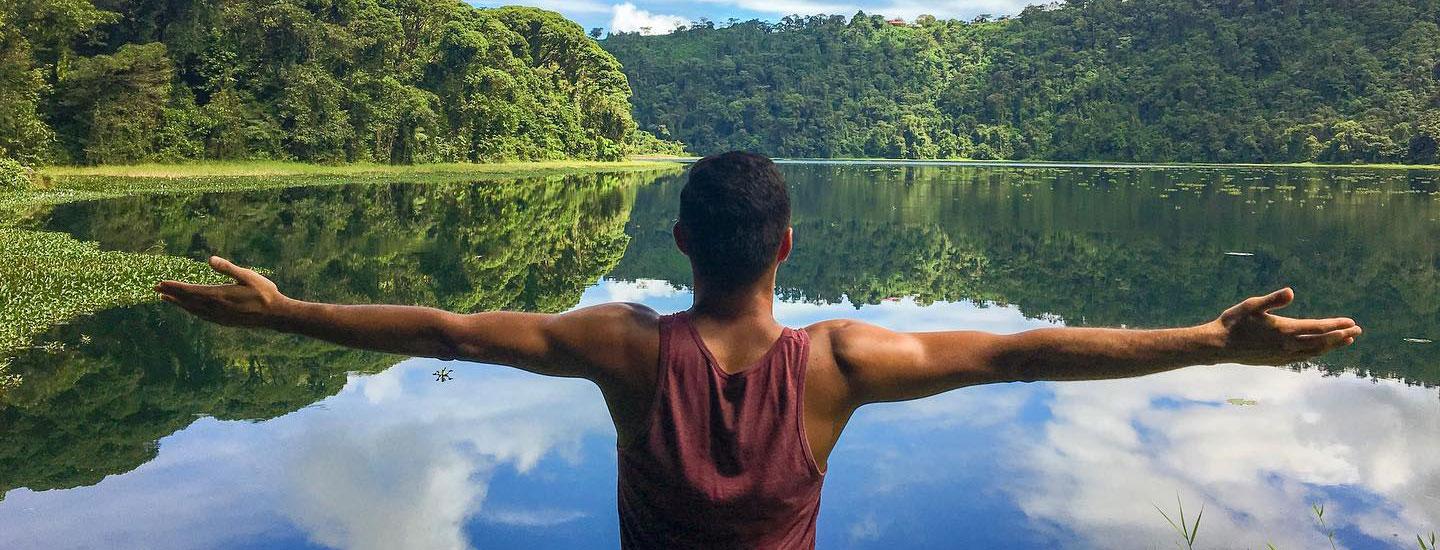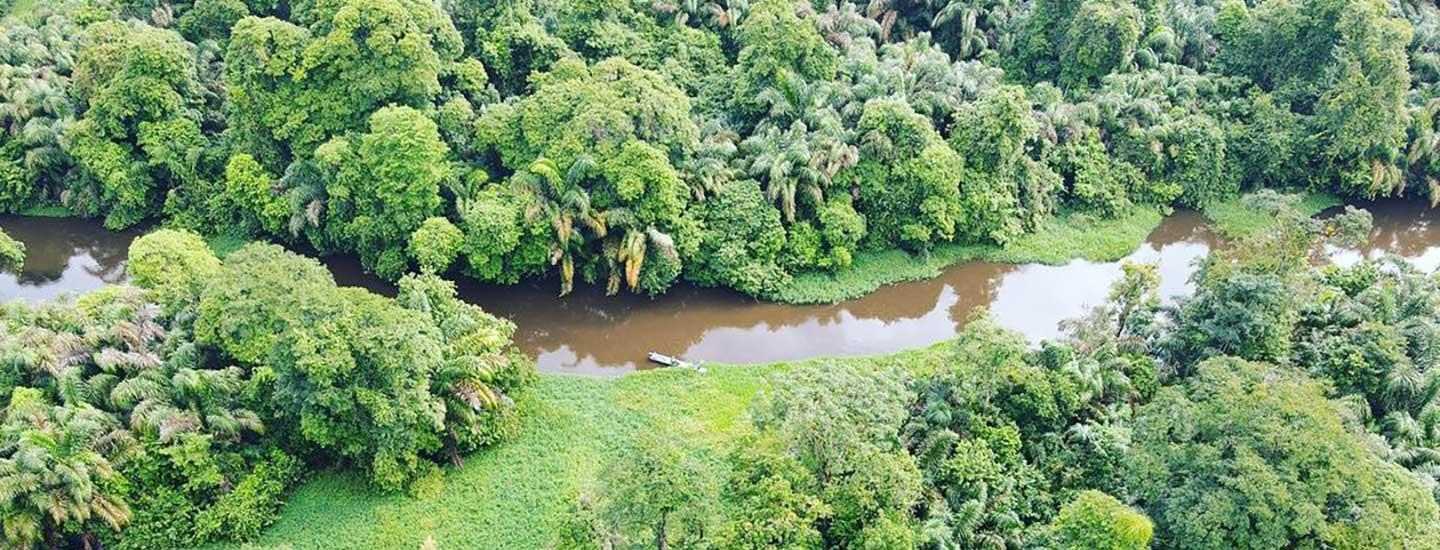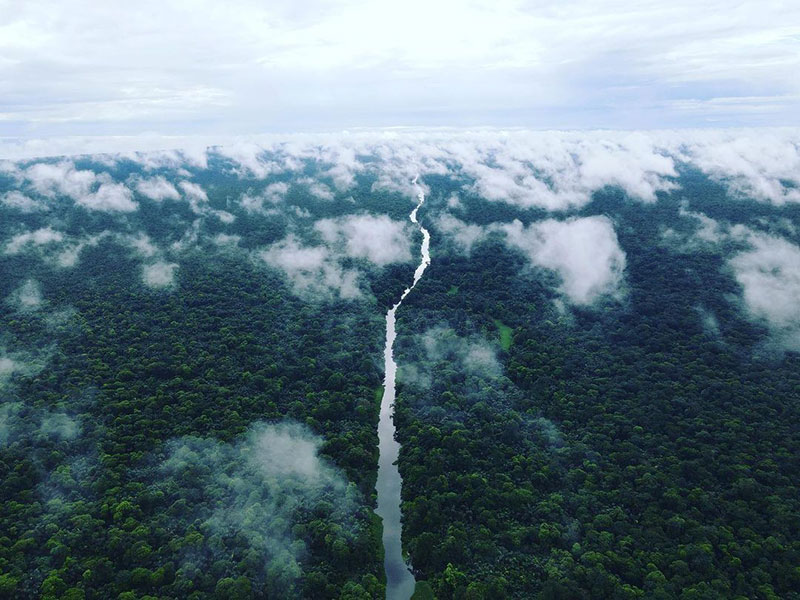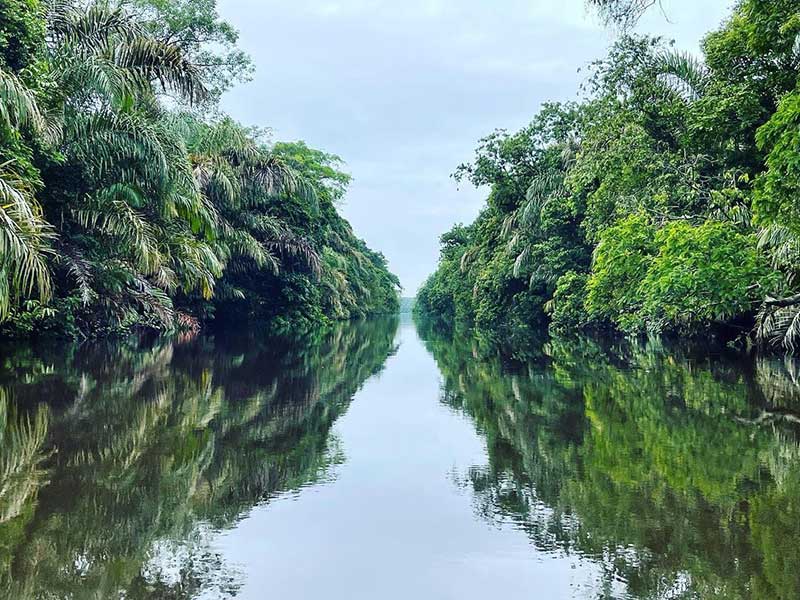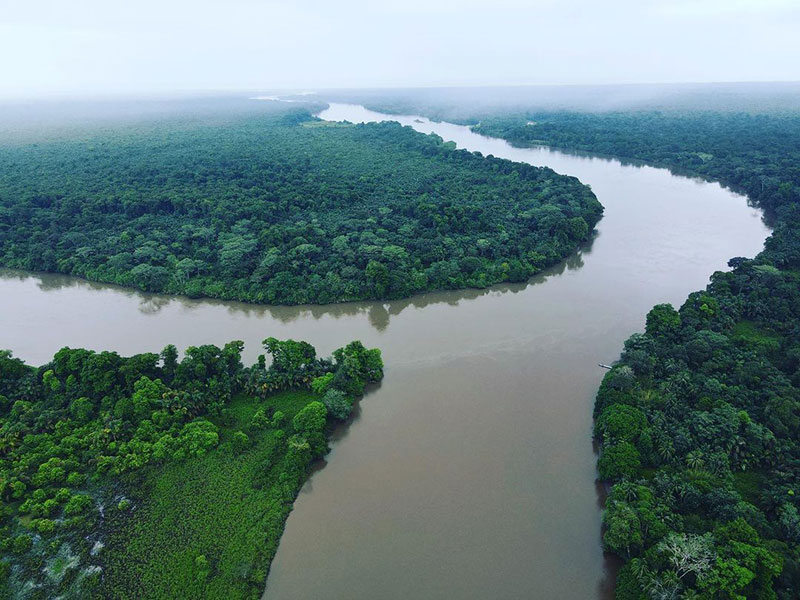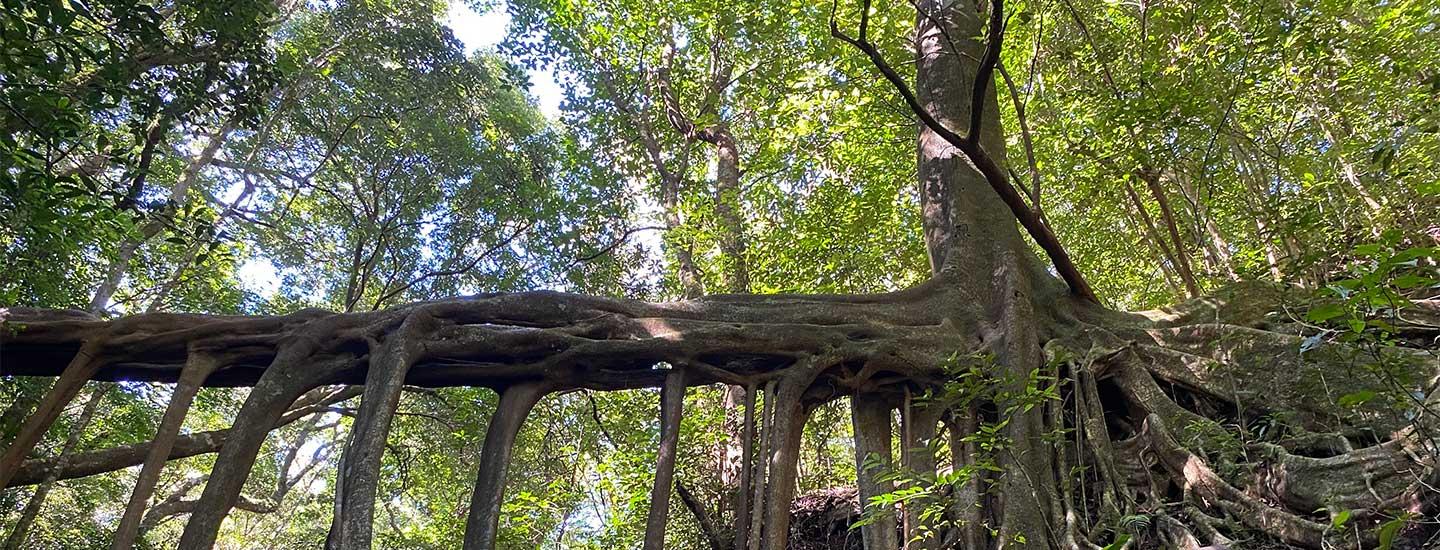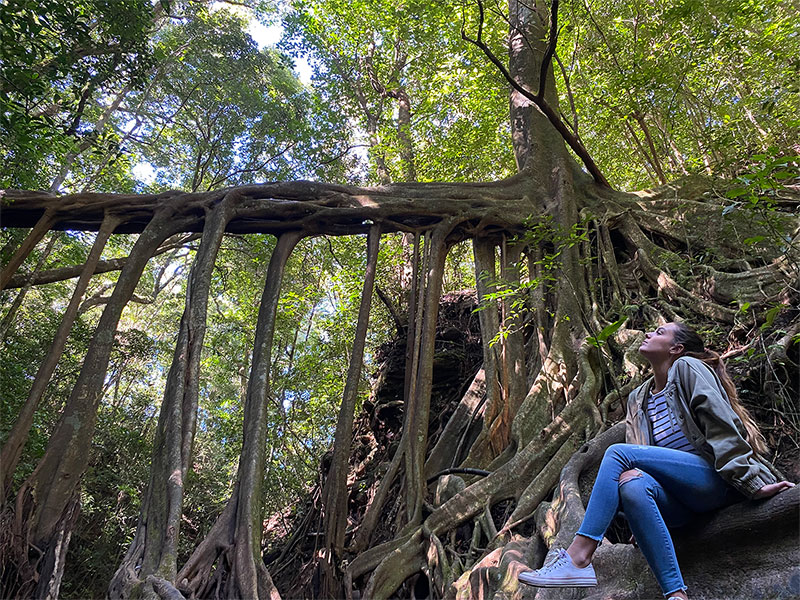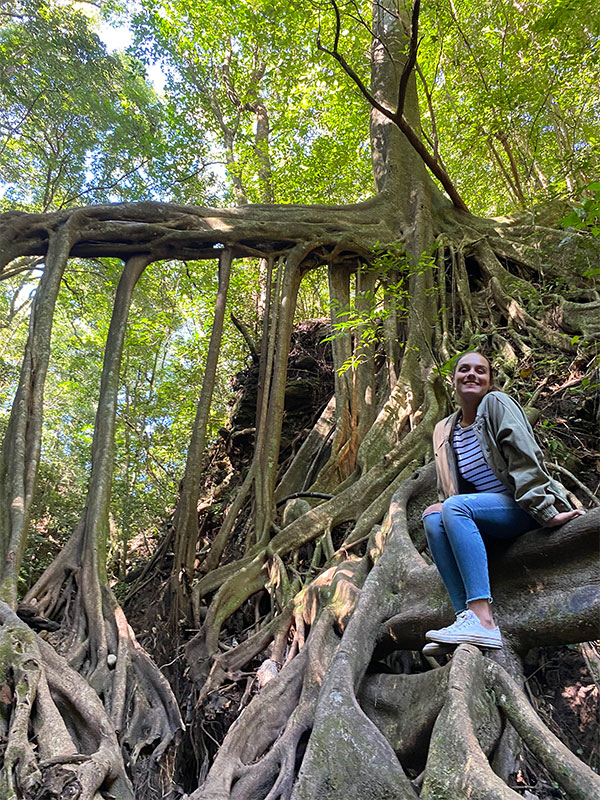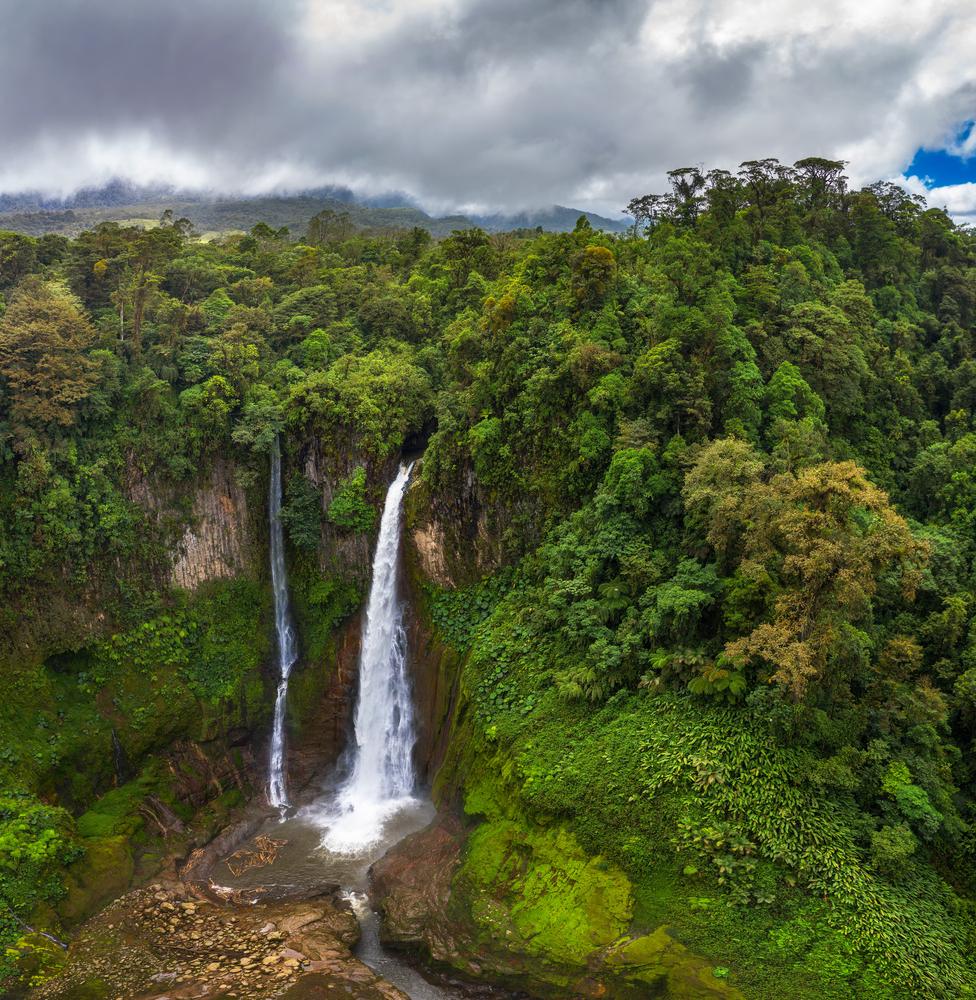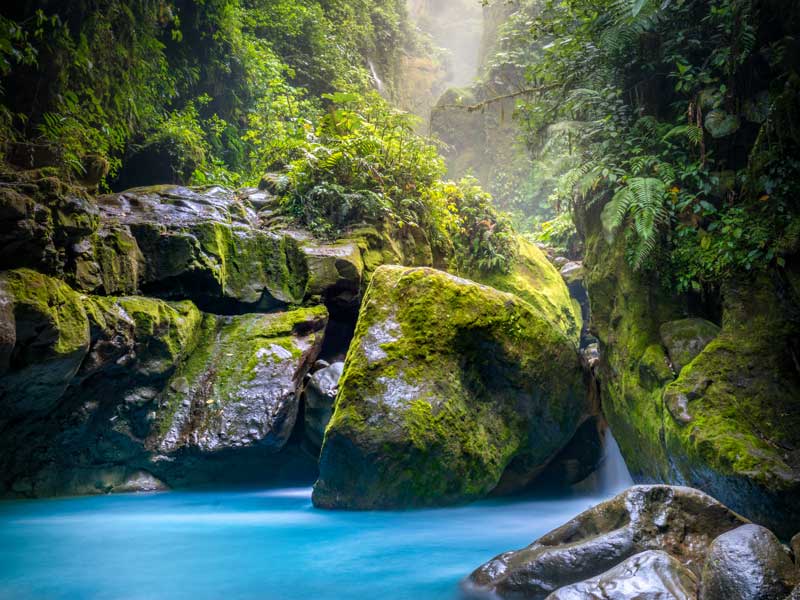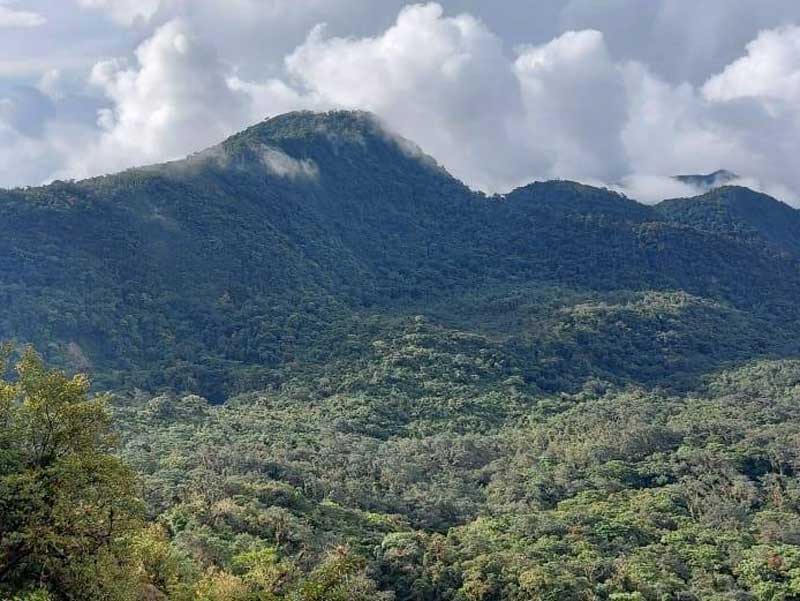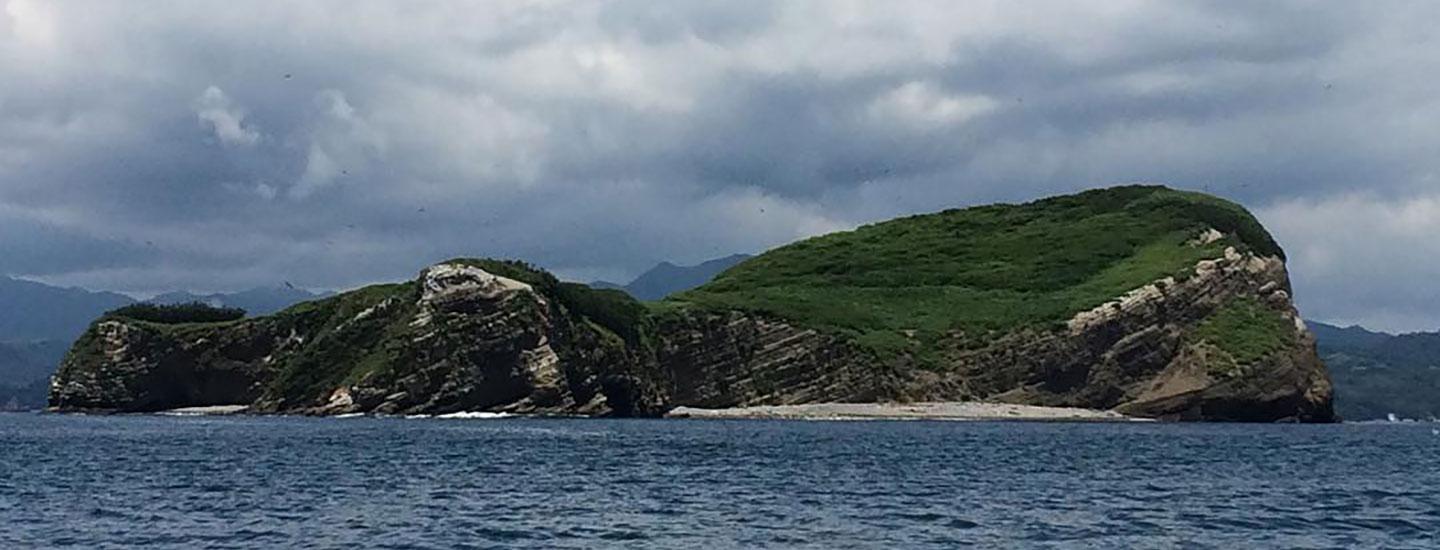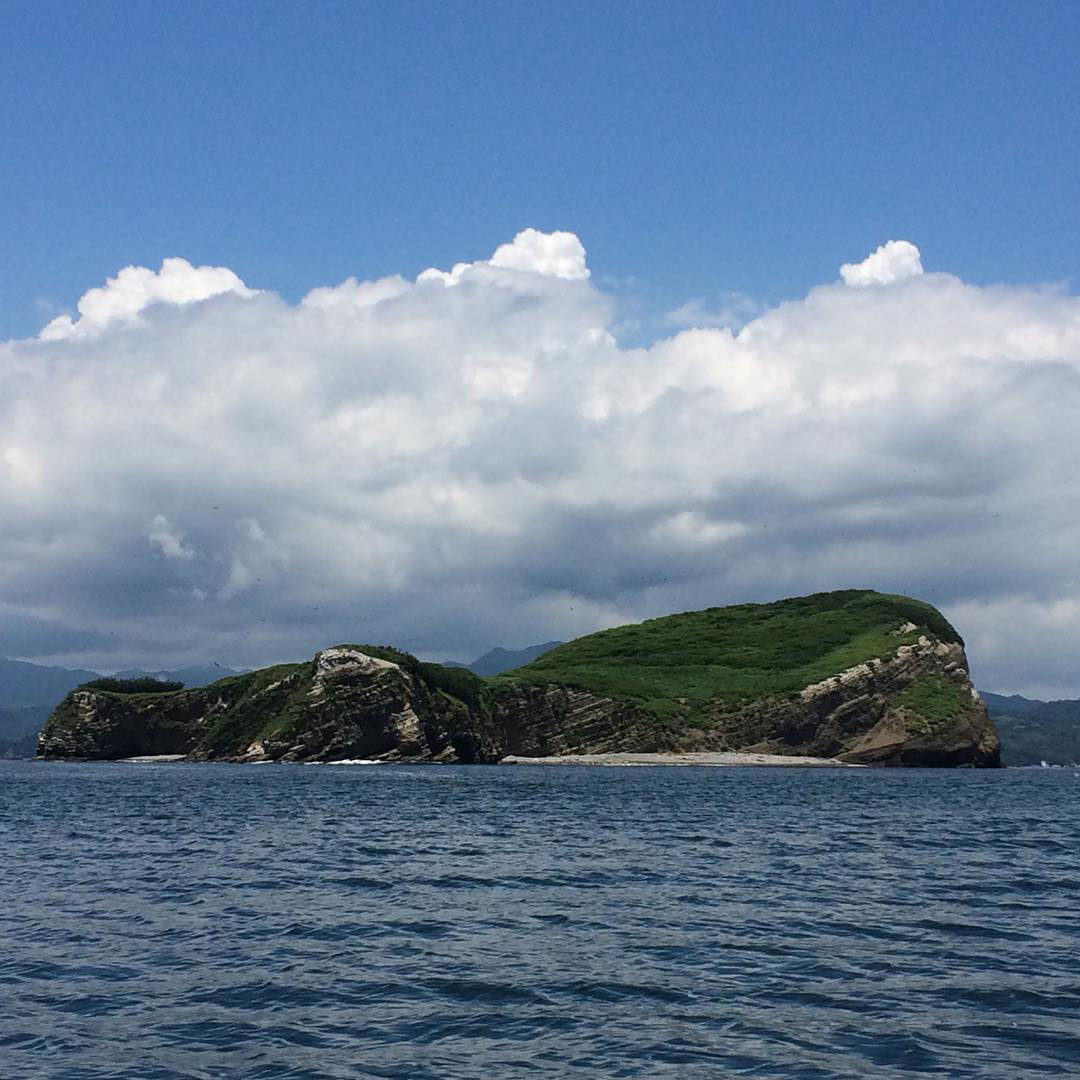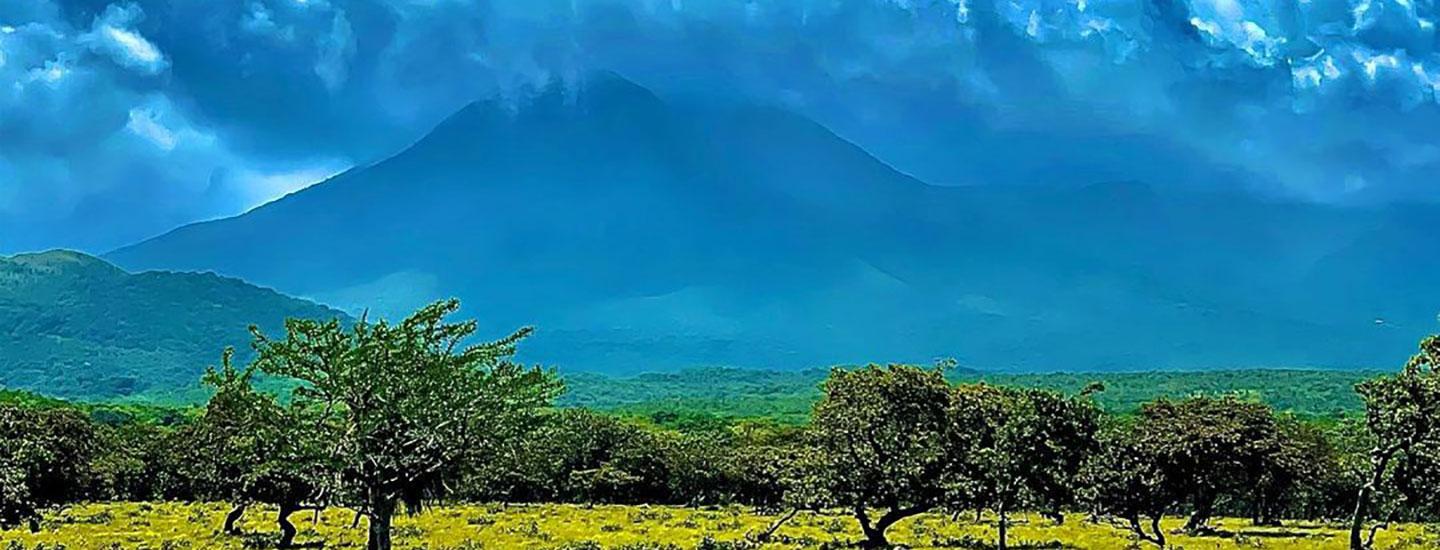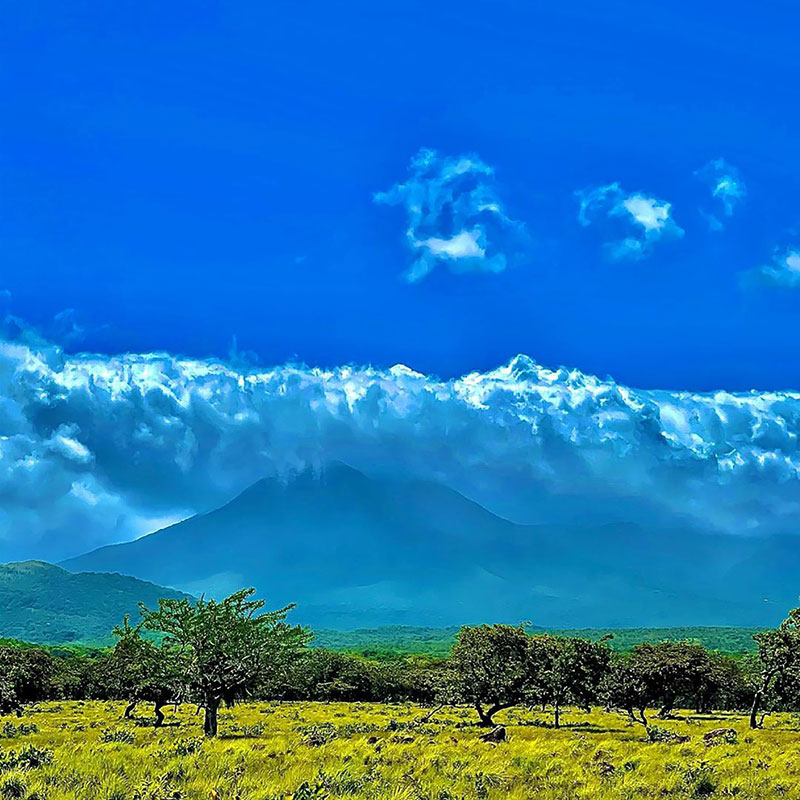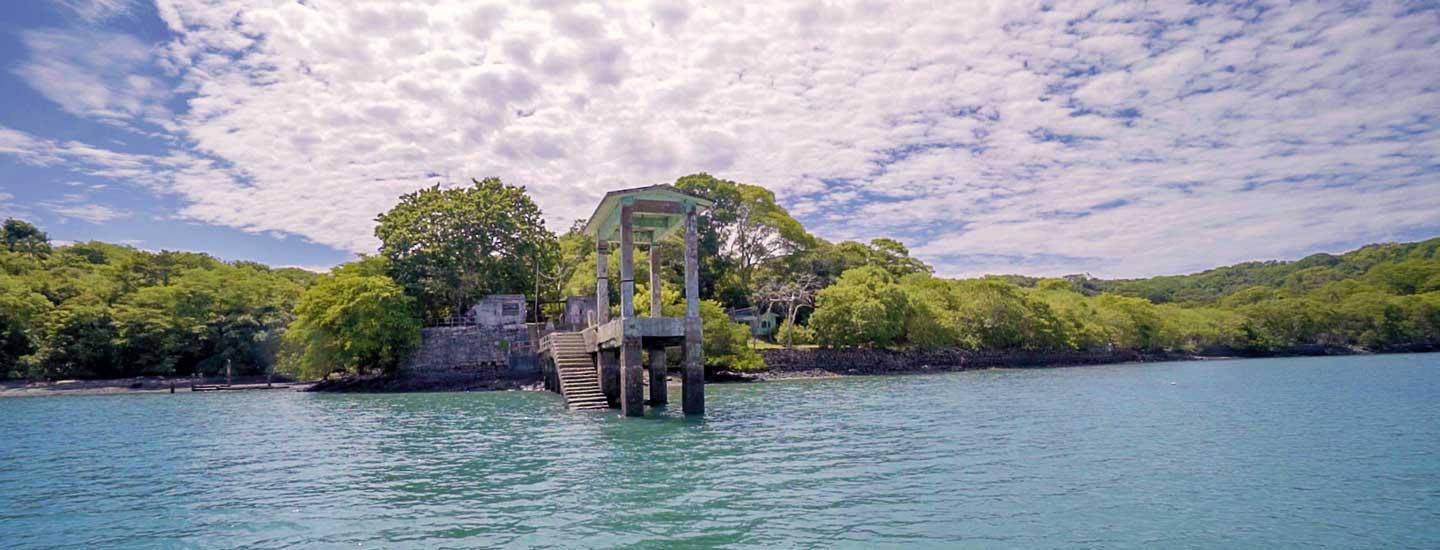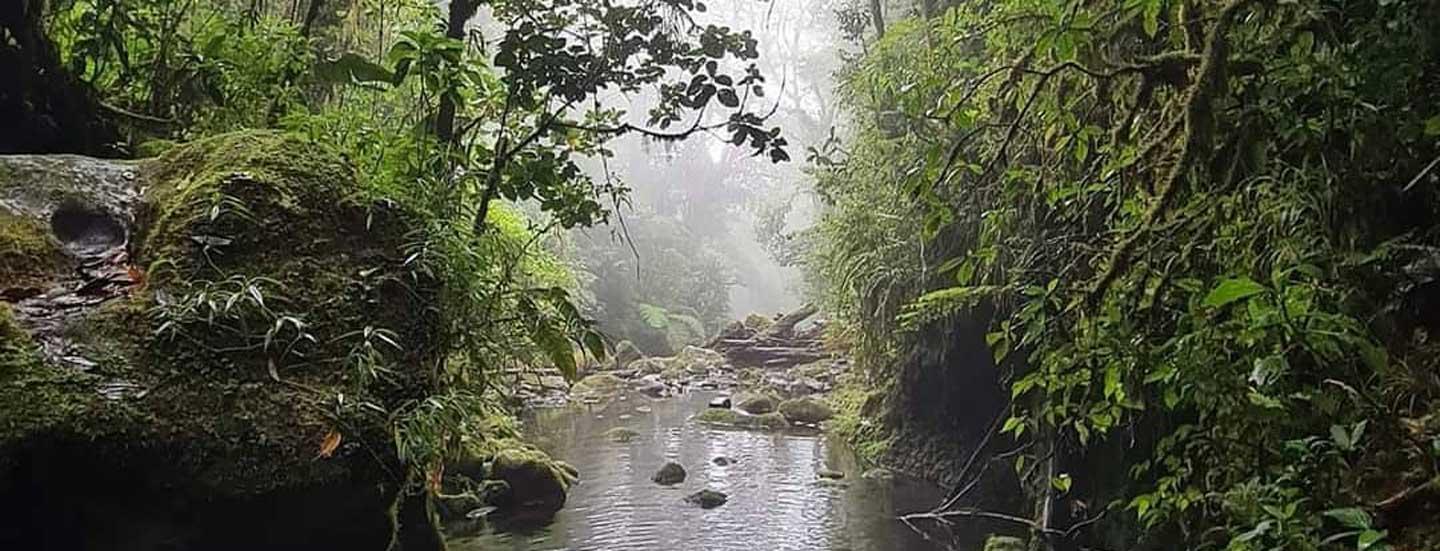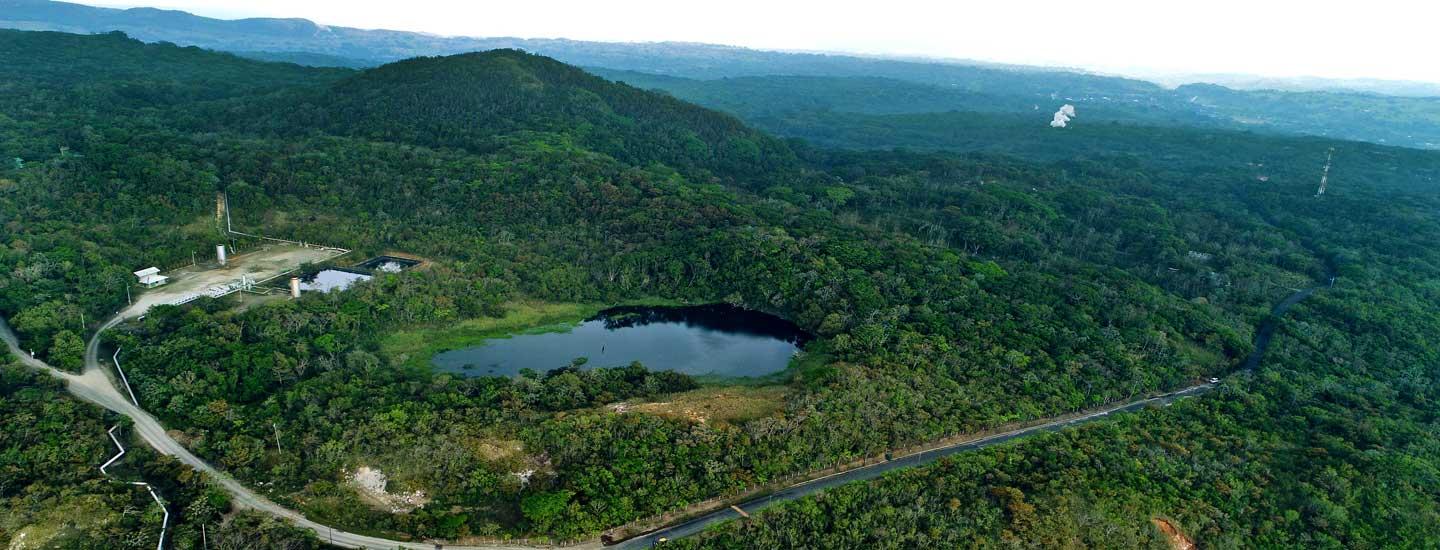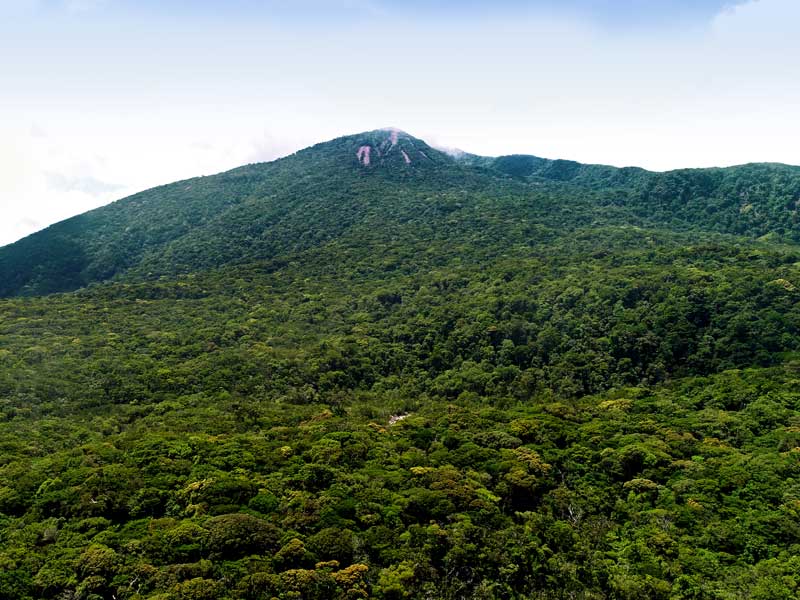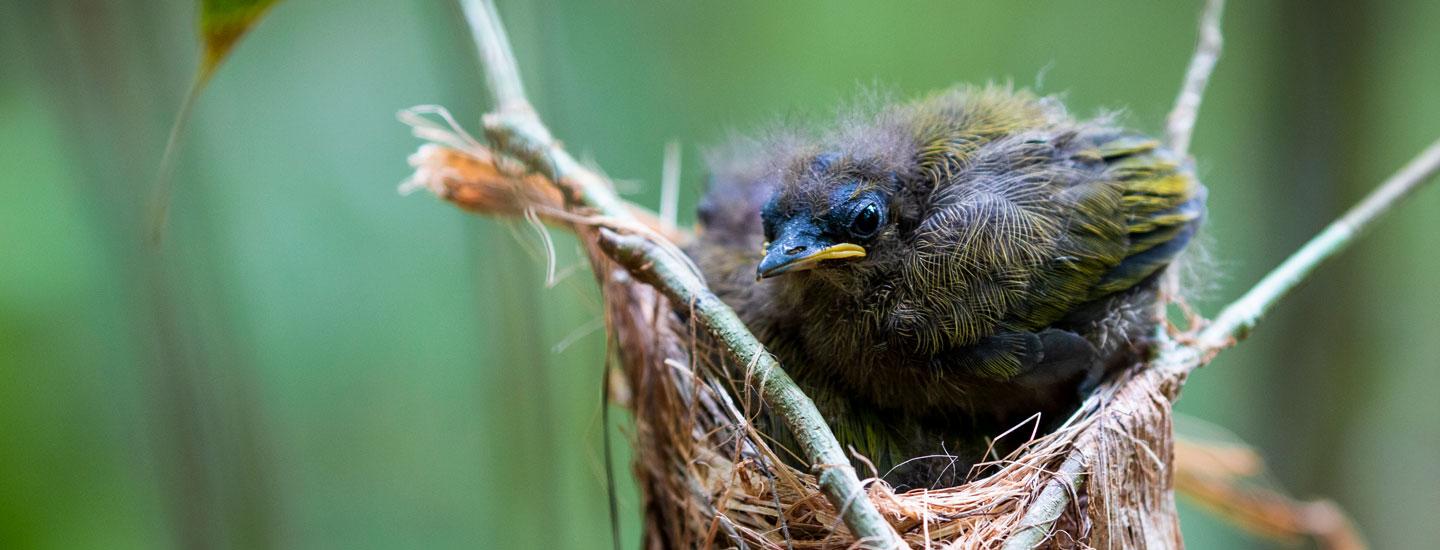The refuge is located in Los Ángeles Sur in Río Cuarto, the newest canton of Alajuela Province.
Laguna Hule, Laguna Congo and Laguna Bosque Alegre are three wetlands that are part of the refuge and the Central Volcanic Cordillera Conservation Area.
The wetlands are located 11 km from the Poás Volcano and 8 km from the town of Cariblanco.
The largest of the three is Laguna Hule – those familiar with the area know how incredible it looks from the viewpoint. It is 1,150 m across and over 26 m deep, and is located at an elevation of 400 masl.
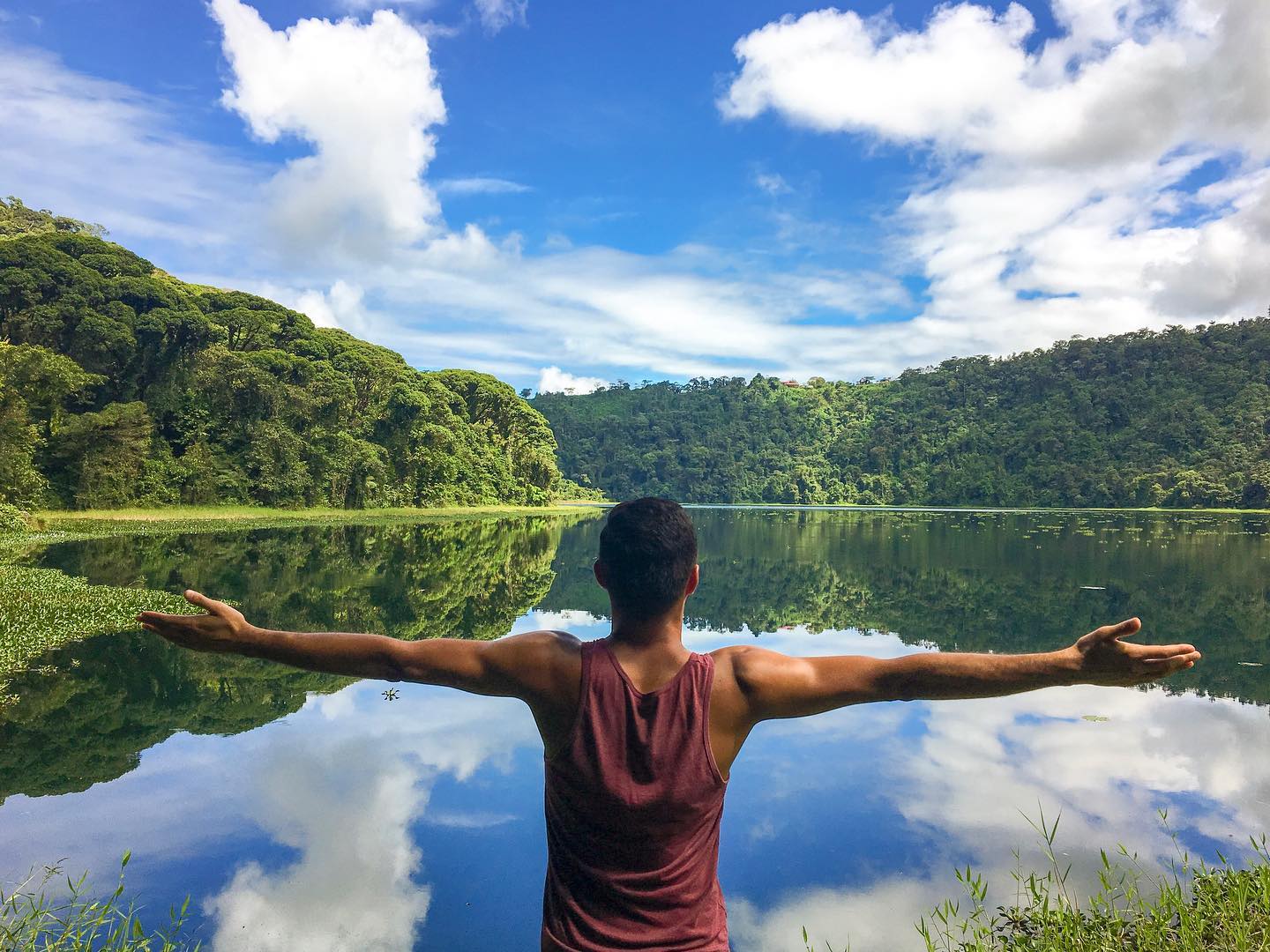
The second-largest is Laguna Congo, which is 14.6 m deep and extends over an area of 15 ha. To reach the wetland, you’ll need to take a right off of the trail leading to Laguna Hule and walk about 3 km further along a densely forested trail with some muddy patches. Laguna Congo has a bewitching greenish color, making it perfect for photos.
Finally, the smallest is Laguna Bosque Alegre, which is hardly ever visited because of the lack of a trail leading to it.
The area around the wetlands is filled with incredible biodiversity. You might come across animals like armadillos, white-faced capuchin monkeys and howler monkeys. It is also home to 170 bird species.
The activities you will be able to enjoy include fishing, kayak trips, camping, hiking and even going for a nice swim.
You can also have lunch at the restaurant by the viewpoint, or you can bring your own picnic and dine by the shores of Laguna Hule.
Don’t forget!
Comfortable hiking shoes, rain jacket, swimsuit, towel, sunblock, insect repellent and snacks for the hike.
What are you waiting for? Explore this attraction with your family and friends. Come and see more of the countryside, you won’t regret it.
Additional information:
Vehicle: you can reach the trailhead in an automobile or a 4x4.
Parking: yes.
Pets: yes.
Camping: yes.
Cost: free.
How do you get there?
To visit these wetlands, first take Ruta 126, which connects Varablanca/Cinchona and Cariblanco. Once you’ve reached Cariblanco, take the gravel road to Los Ángeles for 6.5 km. You’ll turn on to the Los Ángeles road in the community called Nueva Cinchona. You can leave your vehicle in the park by the Mirador Bosque Alegre. From there, you’ll only have to walk for 500 m to reach Laguna Hule. We recommend that you use your favorite GPS app to plan your route from your starting point.
